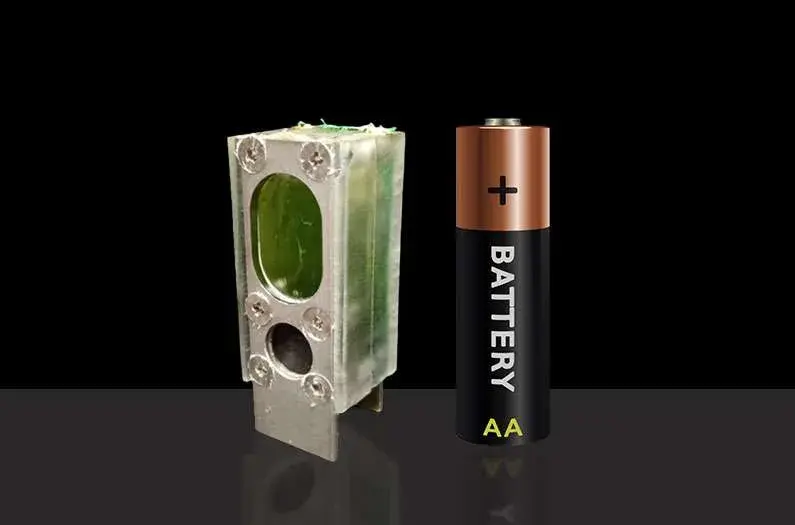- cross-posted to:
- science@mander.xyz
- cross-posted to:
- science@mander.xyz
It would be nice in there were a link to them paper, or more details on the battery composition. If it works so well and is so simple why don’t we already have people using them?
The source is a scientific article from 2022…
“P. Bombelli et al. Powering a microprocessor by photosynthesis. Energy & Environmental Science, 2022.”
…so there is zero chance of random folks using it practically, if the information was added to the state of the art during last year. The article even hasn’t made it to Sci-Hub. It can be found here however. The journal currently wants to extort 42 pounds from the reader and I’m not from a research institution so I haven’t got an account to read journals, so I shall remain in the dark. :( One could always request an author’s copy from one of the authors (or maybe someone here is from a place which already has an account?)…
…until then, I will use a clue they have given: the chip was ARM Cortex M0. That is the tiniest of the tiny, the most energy efficient. Not much computing can be done with them, mostly just data acquisition (sensors). They require milliwatts or microwatts of power. The chip wasn’t run continously, it slept for most of time.
The article’s public abstract doesn’t describe the growing protocol of the algae. Most likely, the same algae in the same container cannot be grown for a year. An ecosystem needs a biodegrader (bacteria that decompose dead algae) and efficiency likely won’t be great when the primary producer and biodegrader form a mixed culture (instead of nice green algae there will be bacterial films and brown goo, limiting the sunlight available to algae). So the “cell” will probably need to be emptied, cleaned and refilled - but that’s just a guess.
Hey still early days bro, but great post, very insightful…
- Powering a microprocessor by photosynthesis, P. Bombelli et al. (2022)
- doi.org/10.1039/D2EE00233G
Rather skeptical. Would be nice to see a video.




